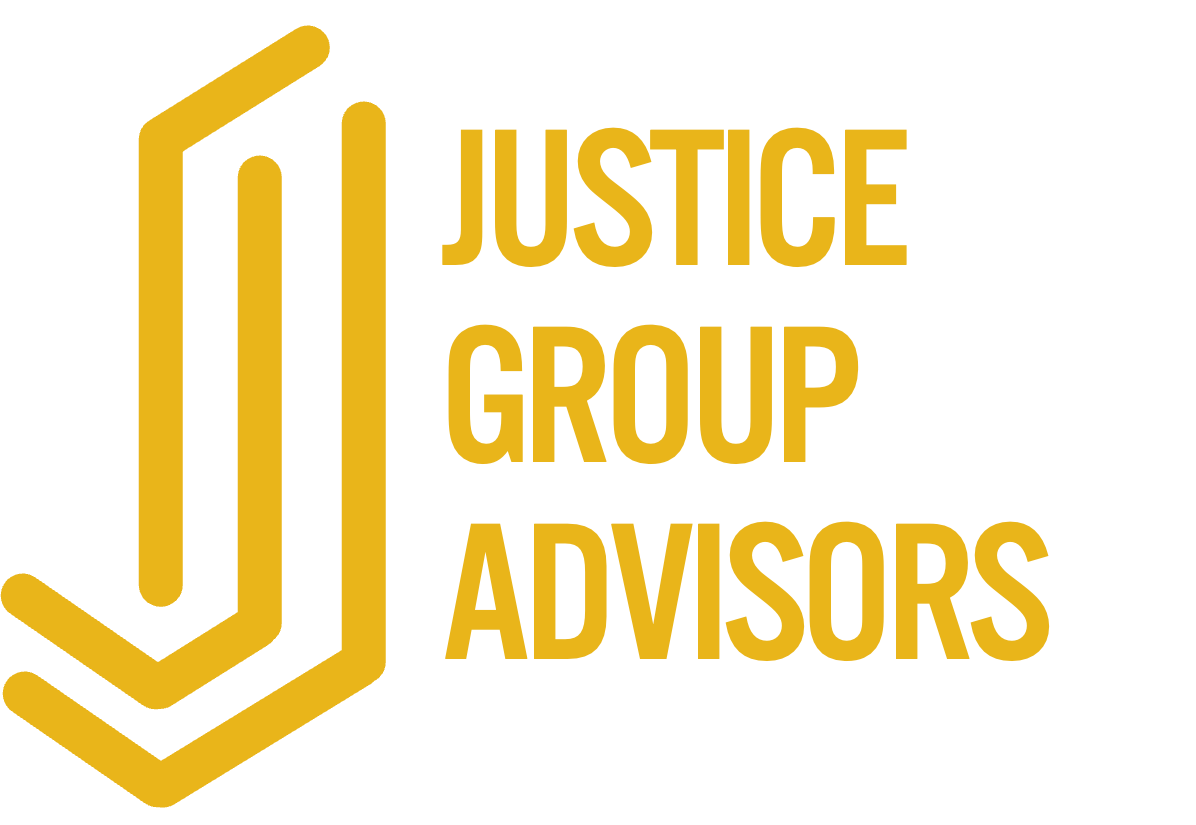Surviving Survival Syndrome: Understanding & Addressing Survivor Syndrome
Part 1 in a 3-Part Series for Biotech Leaders
Do You Have Survivor Syndrome? Take Our Free, Confidential Assessment to Find Out. No Strings Attached.
The biotech industry, known for innovation and rapid growth, is also no stranger to layoffs. Workforce reductions are a recurring reality, often occurring in waves and spanning multiple rounds within short periods. For many companies, layoffs can feel like a daily reality—affecting thousands of bright, talented employees.
While departing employees often receive outplacement assistance, a pressing question remains: what about the team that stays?
After a restructuring or layoff, organizations are at risk. Navigating these challenges effectively is crucial, as missteps can lead to decreased engagement, lower performance, and higher attrition. This phenomenon is known as Survivor Syndrome.
Understanding Survivor Syndrome
Survivor syndrome is the silent aftershock that reverberates through organizations post-layoff. Employees who weather the storm may find themselves grappling with feelings of guilt, anxiety, and an increased workload. Morale may decline and trust in leadership may be compromised. In an industry fueled by innovation and collaboration, the impact of survivor syndrome can be particularly profound.
While biotech-specific research on survivor syndrome is scarce, general research underscores the severe consequences of even minimal workforce reductions.
A 1% workforce reduction has been linked to a staggering 31% increase in attrition the following year[ii].
Research also points to reductions in performance,[iii],[iv],[v] job satisfaction, and organizational commitment[iii],[v]. As we navigate these challenges, addressing survivor syndrome becomes not just an imperative but a strategic necessity for fostering resilience, engagement, and high performance. Furthermore, the cumulative impact of multiple rounds of layoffs heightens the urgency for organizations to take proactive measures in supporting their remaining workforce.
Mitigating Survivor Syndrome: A Holistic Approach
Transparent Communication: Executives and leaders are urged to openly discuss the impact of layoffs, acknowledge emotions, and provide clarity on the organization's future. This sets the stage for rebuilding trust and mitigating uncertainty among the remaining workforce. It is advisable to explicitly discuss Survivor Syndrome and ways to combat it (see “Promote Well-Being” below), so that employees understand that the feelings they have (or may develop) are normal and addressable.
Supportive Leadership: In many cases, leaders and managers only have a brief advance notice of an impending layoff. They may be struggling to process the news while having to show up as supportive leaders for their teams. It’s a tough position yet absolutely critical that leaders and managers are highly visible, genuinely listen, and actively engage with employees.
Redefine Roles and Responsibilities: Sadly, this practical and logical step is often overlooked. After layoffs, roles change, and ways of working change. Too often, employees believe they must keep doing their job plus the job(s) of those that were let go. This leads to stress, anxiety, and burnout. As part of a layoff, it is imperative that work is rescoped, roles redefined, and processes remapped.
Setting New Goals: It is also imperative that organizations set and communicate new goals, and that every employee refreshes their individual goals. Much like redefining roles and responsibilities, setting new goals provides clarity and direction, reducing anxiety and building confidence in the company’s future. Employees need to know what success now looks like and understand how they contribute to the company’s future.
Recognition and Appreciation: While no one will be in the mood to celebrate right after a layoff, it is important that the remaining employees feel valued. A good place to start is with the team that coordinated the actual layoff and restructuring. Orchestrating a layoff is hard work and emotionally taxing. As someone who has coordinated more restructurings and layoffs than I like to remember, I promise you that the simple act of checking in with this team will be appreciated.
Promote Well-Being: Employees need to understand survivor syndrome. Some employees struggle with it immediately, while for others, it takes longer to develop. The steps listed above will help, but some employees may need more support. Most companies offer Employee Assistance Programs (EAPs) as part of their employee benefits, though not all employees are familiar with this benefit. EAPs offer counseling and stress management resources that can be particularly valuable to help with survivor syndrome. In general, it’s advisable to increase efforts that encourage work-life balance, mental health awareness, and stress management.
Team Building: This isn’t the time for “forced fun,” but it is a perfect opportunity to connect as a team to discuss roles and responsibilities, set new goals, and focus on strengthening team bonds. Positive relationships at work foster resilience and a sense of belonging.
Career Pathing: Help employees envision their future within the organization. Discuss career paths, growth opportunities, and succession planning. A clear trajectory reduces anxiety and builds loyalty. Want to help employees move forward and build meaningful opportunities? Check out my post on Making Connections: 3 Best Practices and a Simple Template.
Executive Coaching: A Strategic Investment
Engaging an executive coach can be a powerful tool to help companies successfully navigate a layoff, and emerge strong, focused, and aligned. By effectively providing valuable support and guidance both before and after a layoff. Learn how executive coaching can guide you through layoffs and strengthen your leadership in Part 2 of this series on Surviving Survival Syndrome for Biotech Leaders. In Part 3 of this series, we focus on nurturing resilience and building a high-performance team. Read Part 3 here.
If you or your company could benefit from the strategic support of an experienced executive coach, let’s start a conversation. At Justice Group Advisors, our deep expertise in biotech, coupled with firsthand experience navigating and weathering these storms, can be your competitive advantage. Explore our customized coaching packages tailored to help your team emerge stronger on the other side.
References
[i] https://www.fiercebiotech.com/biotech/fierce-biotech-layoff-tracker-2023
[ii] Trevor & Nyborg, 2008, Academy of Management Journal
[iii] Dzensky & Heinz, 2014, The Hidden Costs of Downsizing, The Economic Journal
[iv] Sverke, Hellgren and Naswall, 2002, Journal of Occupational Health
[v] LeadershipIQ, 2023, Don't Expect Layoff Survivors To Be Grateful (Survivor’s Guilt After A Downsizing).


